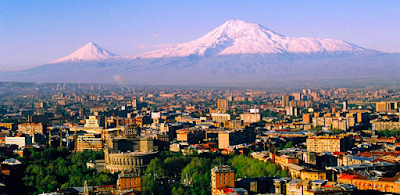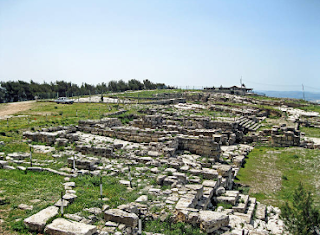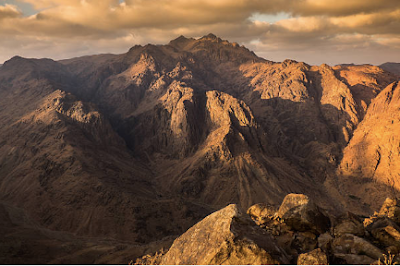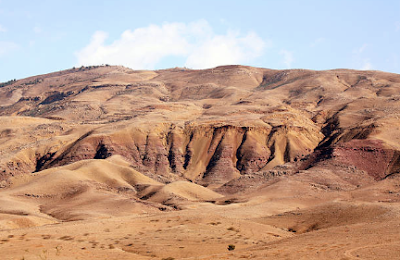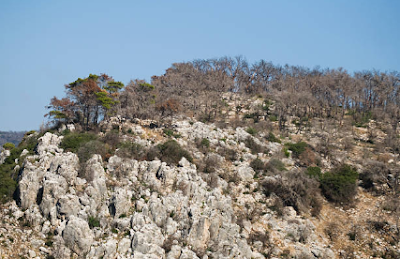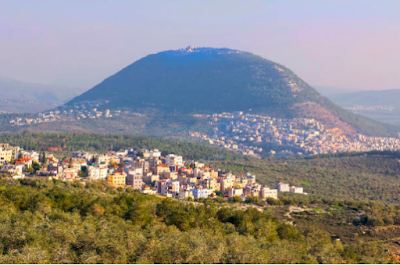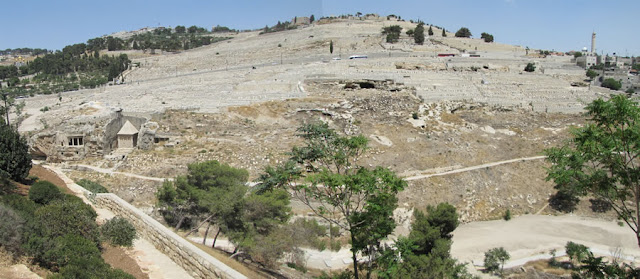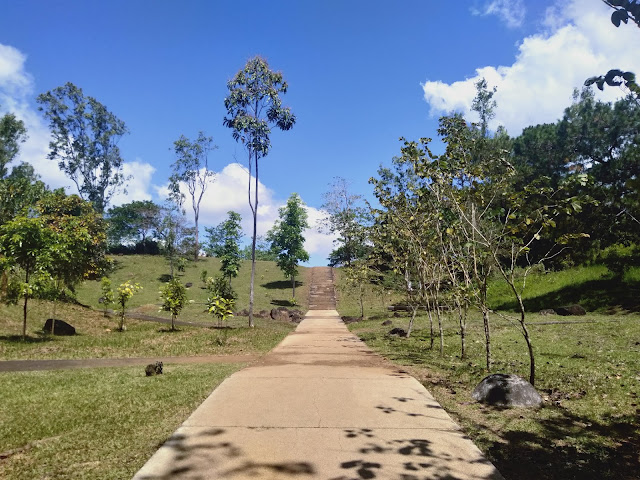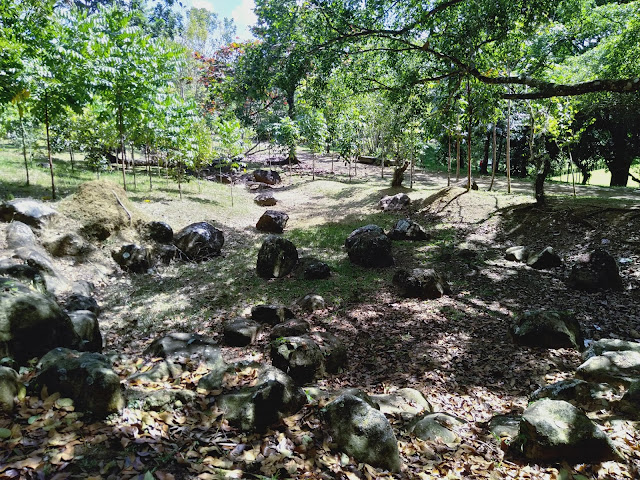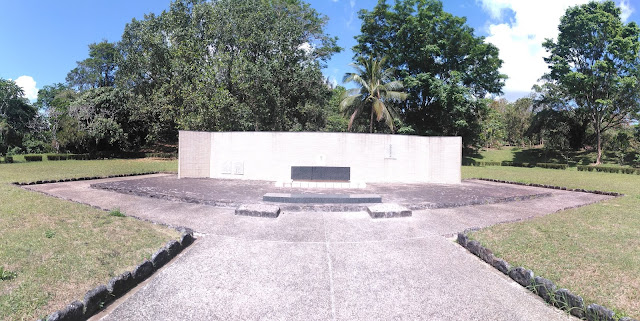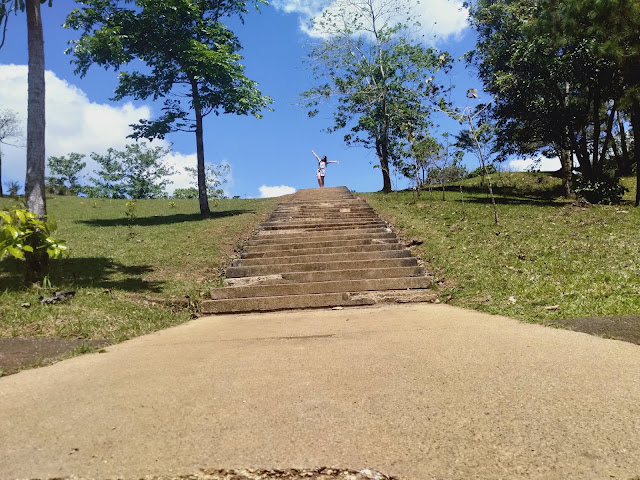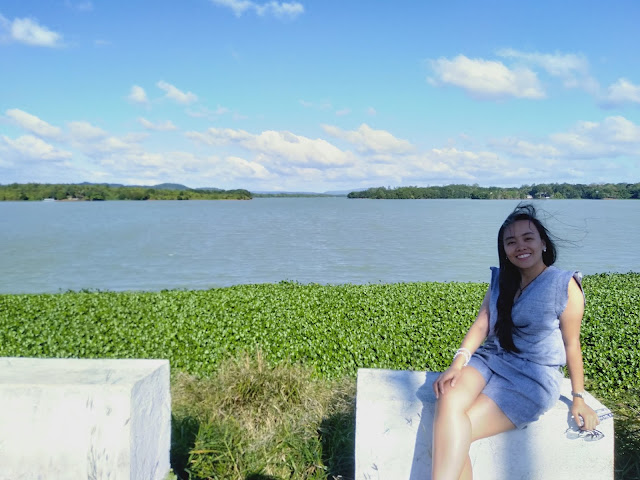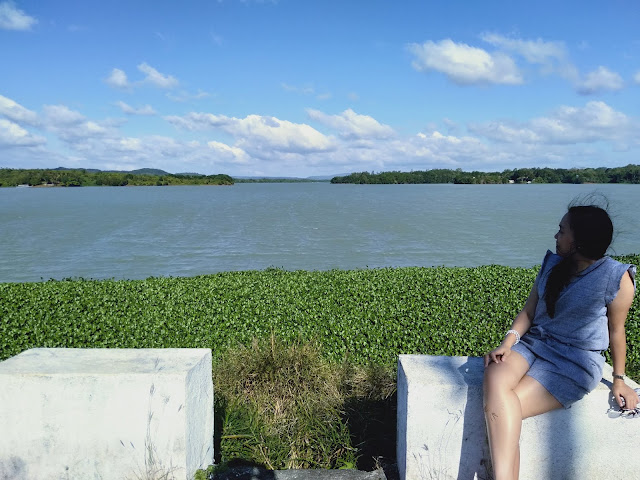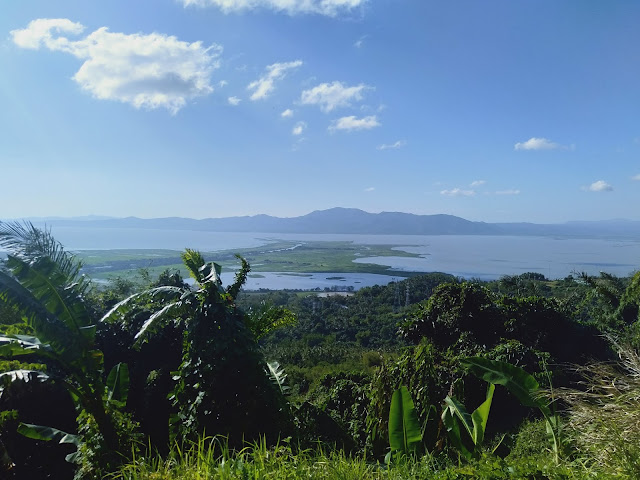Mountains have always been a significant
feature in the development of human history. History, economics, and even
language were affected by these towering landmasses, for better or for worse.
But aside from human affairs, mountains also
played significant roles in the most pivotal moments in the Bible.
Here are seven mountains mentioned in the Bible.
1. Mt. Ararat
Elevation: 5137 MASL
Days to Summit: 4-5 days
Located at the extreme eastern part
of Turkey.
Biblical Significance: Mt. Ararat or
Agri Dagi is believed to be the place in which Noah’s Ark landed. Upon landing
atop Mt. Ararat, God sent a rainbow as a promise not to destroy humanity
again with flood.
2. Mt. Moriah (Mt. Gerizim)
Elevation: 881 MASL
Day/s to Summit: 1 day
Located at the West Bank, Israel.
Biblical Significance: For the Samaritans, Mt.
Gerizim is considered a holy place chosen by Yahweh instead of the Temple Mount
in Jerusalem. Traditionally, Samaritans believed that Mt. Gerizim is where the
Divine decree from Yahweh was given.
On its summit, you can also find the rock which is believed to be the spot where Abraham tried to sacrifice his son Isaac.
3. Mt. Sinai
Elevation: 2,285 MASL
Day/s to Summit: 1 day, 3-5 hour trek
Located at the Sinai Peninsula, Egypt
Biblical Significance: The place where Moses
secured The Ten Commandments after the people of Israel were delivered from
Egypt. Mt. Sinai signifies the divination of mountains when Moses met God at
the summit and be humbled again into ordinary person upon his descent.
4. Mt. Pisgah/ Mt. Nebo
Elevation: 710 MASL
Day/s to Summit: 1 day
Located at western part of Jordan. Offers
breath-taking view of the cities of Jericho and Jerusalem, and river Jordan.
Biblical Significance: After years of wandering
through the desert, the Israelites had already faced so much suffering along
with their leader, Moses. But with God’s Grace, Moses knew he reached the
Promised Land when he finally saw Mt. Pisgah, known today as Mt. Nebo, in the
distance. The people rejoiced as their long journey has concluded.
Mt. Pisgah/ Nebo symbolizes that God’s promises are never broken even if it takes a lifetime to come.
5. Mt. Carmel
Elevation: 546 MASL
Day/s to Summit: 1 day, 3-5 hours. However,
multiple trails are available for hikers which have different lengths.
Located at the Northernmost part of Israel.
Biblical Significance: It is said that this
mountain is where Elijah challenged the prophets of Baal to prove that there is
only one true God.
The story goes that King Ahab ordered the
execution of the prophets of Israel and replaced them with Baal's. One man named Elijah came forward and challenged King Ahab. A curse was put in place that no
rain shall fall until Elijah calls on to God for rain. After which, Elijah
escaped to the desert where God provided him with food and water. Upon his
return, he challenged the prophets of Baal to produce two jars to put their
sacrifice, one for Elijah and the other for the prophets of Baal.
They prayed for a flame to come from heaven and
burn their sacrifices. The prophets of Baal prayed to no avail. When Elijah
prayed, a flame came and burn the ashes. The false prophets were then put under
the sword and rain started to comeback.
6.Mt. Tabor
Elevation: 575 MASL
Day/s to Summit: 1 day, 3-4 hours.
Located at Lower Galilee, Israel
Biblical Significance: Mt. Tabor, according to Christian tradition, is believed to be the place of Transfiguration of Jesus, an event in which Jesus shone with the glory of divinity and conversed with Moses and Elijah. Mt. Transfiguration, as Mt. Tabor known to some, bears witness to one of the most significant events in Christianity as the Transfiguration of Jesus symbolized the revelation of Jesus' glory to others with him and Heaven meeting Earth.
7.Mt. Olives
Elevation: 800+ MASL
Day/s to summit: 1 -2 hours on foot
Located beside Jerusalem's Old City
Biblical Significance: Mt. Olives got its name from the abundance of olives that used to grow on its slope. The mountain was mentioned more than once both in the Old and New Testament. It was used by David as a refuge when his son Absalom rebelled against him. Solomon had also built idolatrous shrine in Mt. Olives for his numerous wives.
This is also where Jesus wept while looking atop the city of Jerusalem, and prophesied the destruction of the Temple, the ruin of the city, and the "End of Times".
There we have it, the seven mountains mentioned in the Bible. Did we miss anything? Let us know in the comment section.
God must have loved mountains, He created so many of it.
-Adrian Villaflor, March 2019
